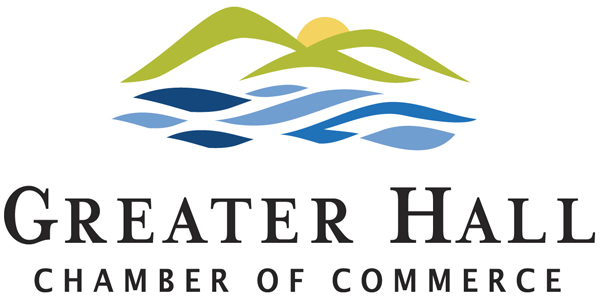With our state legislature reconvening this month, the medical liability crisis in Georgia is again topping the news. Opponents of civil justice reform are trying hard to convince legislators that there is no real crisis and no need for reform. Physicians, hospitals and business leaders know better.
The Georgia Board for Physician Workforce, a state agency, concluded in a report on this issue, “The medical liability insurance crisis is a serious problem in Georgia. The findings reported in this survey indicate that the medical liability insurance crisis is having a significant negative effect on physician supply and access to medical care, particularly with regard to obstetrics, orthopedic surgery, radiology, and emergency medicine services.”
This same agency also reports that, “Access to mammography in Georgia is expected to be sharply reduced as a result of the medical liability insurance crisis.” (Georgia Board for Physician Workforce, The Effect of the Medical Liability Insurance Crisis on Physician Supply and Access to Medical Care in Georgia, January 2003.)
Uncapped medical malpractice litigation increased the annual cost to provide health insurance to workers by up to $353 per employee and increased the employees¹ contribution to their employer-provided health insurance by up to $109 per employee and adds $97.5 BILLION annually to the costs of the nation¹s hospital and physician services, according to the Employment Policy Foundation.
There is little disagreement that skyrocketing medical liability premiums pose a serious threat to continued affordability and availability of healthcare. The debate that rages is what has caused this problem and how to fix it. Contrary to the claims of personal injury lawyers, Georgia¹s lawsuit lottery environment and the prevalence of frivolous lawsuits are the cause of this crisis not bad doctors, insurance companies and the stock market.
Personal injury lawyers argue that insurance companies set premiums too low during the 1990s so they could write a lot of business and use the money to chase the stock market. And now that the stock market has fallen, insurers are recouping their investment losses by gouging physicians with sky-high premiums. This argument, however, evidences a lack of understanding of how medical liability insurance carriers invest and why they invest the way they do.
First, medical liability insurers have never been big investors in stocks. On average, they invest about 90% of their assets in U.S. Treasury and corporate bonds and only about 10% in stocks.
Second, premiums are calculated based on actuarial studies that predict the amount of money that must be collected in premiums to cover claims made for acts occurring in the current year but asserted within the statute of limitations. Medical liability insurance is known as a “long tail” business, meaning that it takes on average three to five years to resolve medical liability claim, but it may take as long as 10 years.
The amount of money set aside is an estimate called a “claims reserve.” During the early to mid 1990s, companies found that the claims were resolved for an amount less than estimated so they returned surplus to the policyholder in the form of lower premiums. Actuarial studies utilize actual claims data to predict the future. Unfortunately, no one predicted the explosive growth of jury awards that would visit us in the late 1990s rendering earlier actuarial predictions significantly understated.
Dr. Jack Chapman, Gainesville Eye Associates, is Chairman of the Board of The Medical Association of Georgia (MAG). He is a member of the Greater Hall Chamber of Commerce Health Committee and Board of Directors. MAG has been promoting a better state of health for Georgia residents for more than 150 years. For more information about tort reform, visit .
NOTE: This article is Part I of a two part series. Look for Georgia¹s Medical Liability Crisis: Fact or Fiction (Part 2) in the February 2005 issue of Business Link.
Related Information http://www.mag.org
